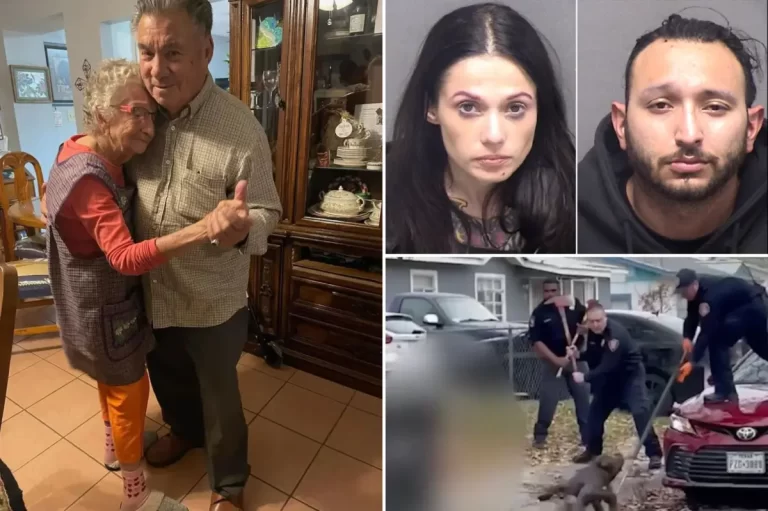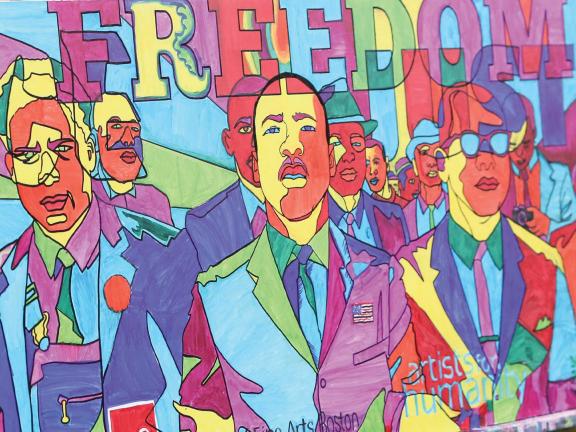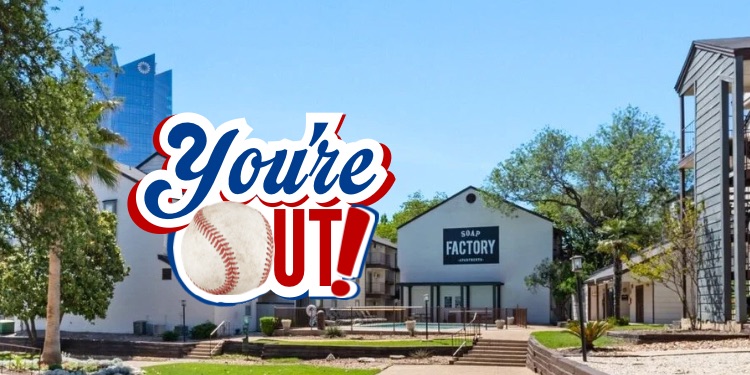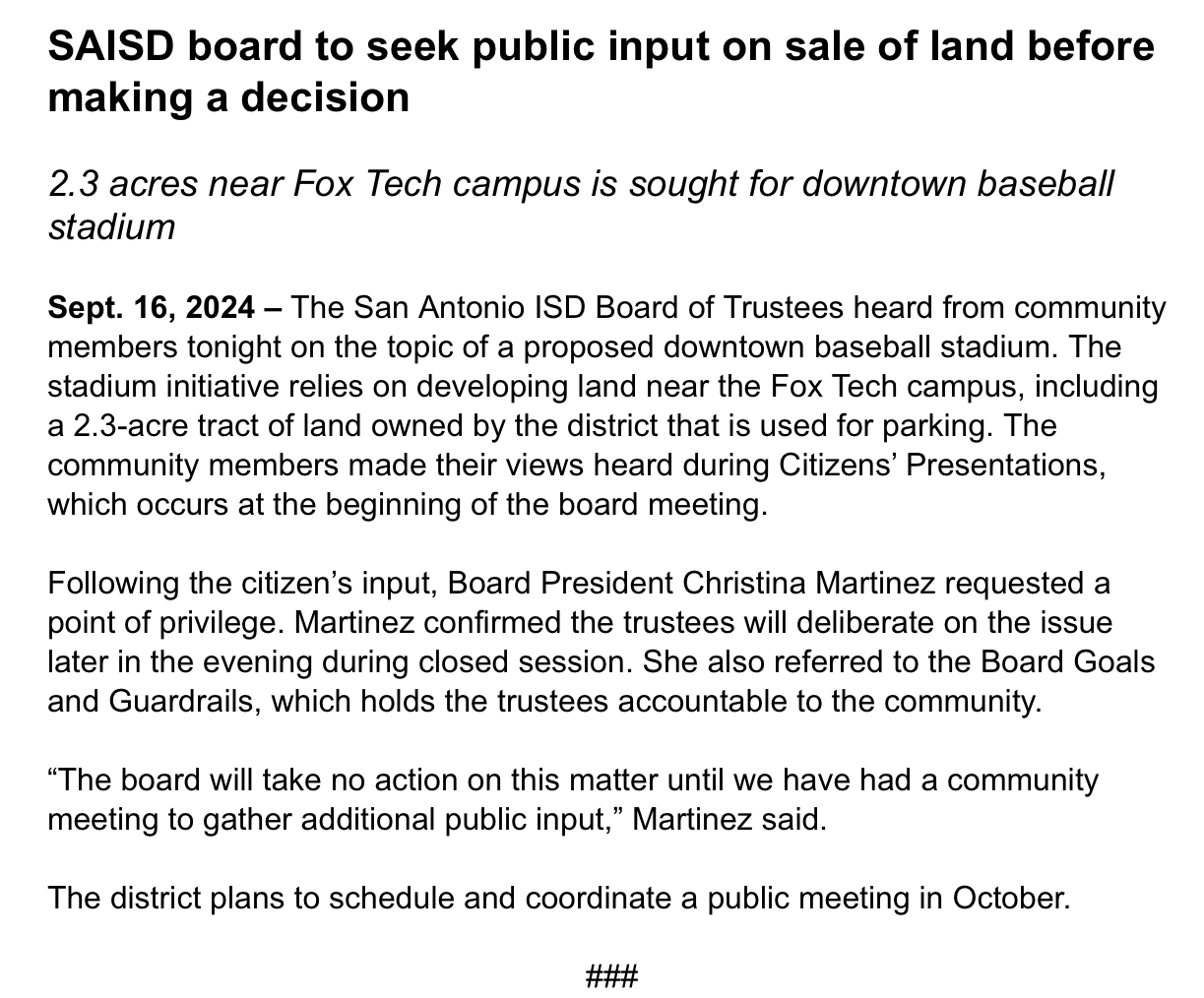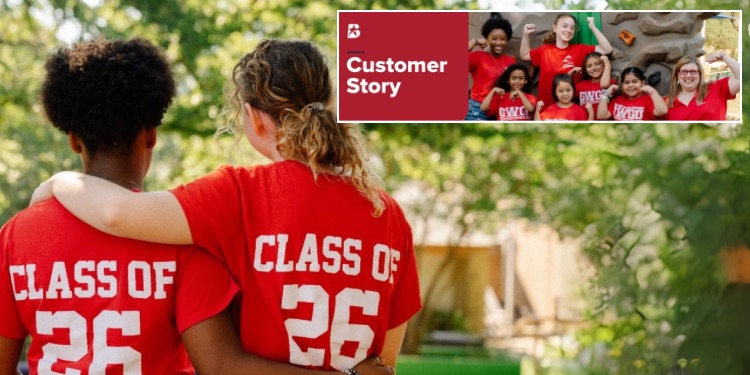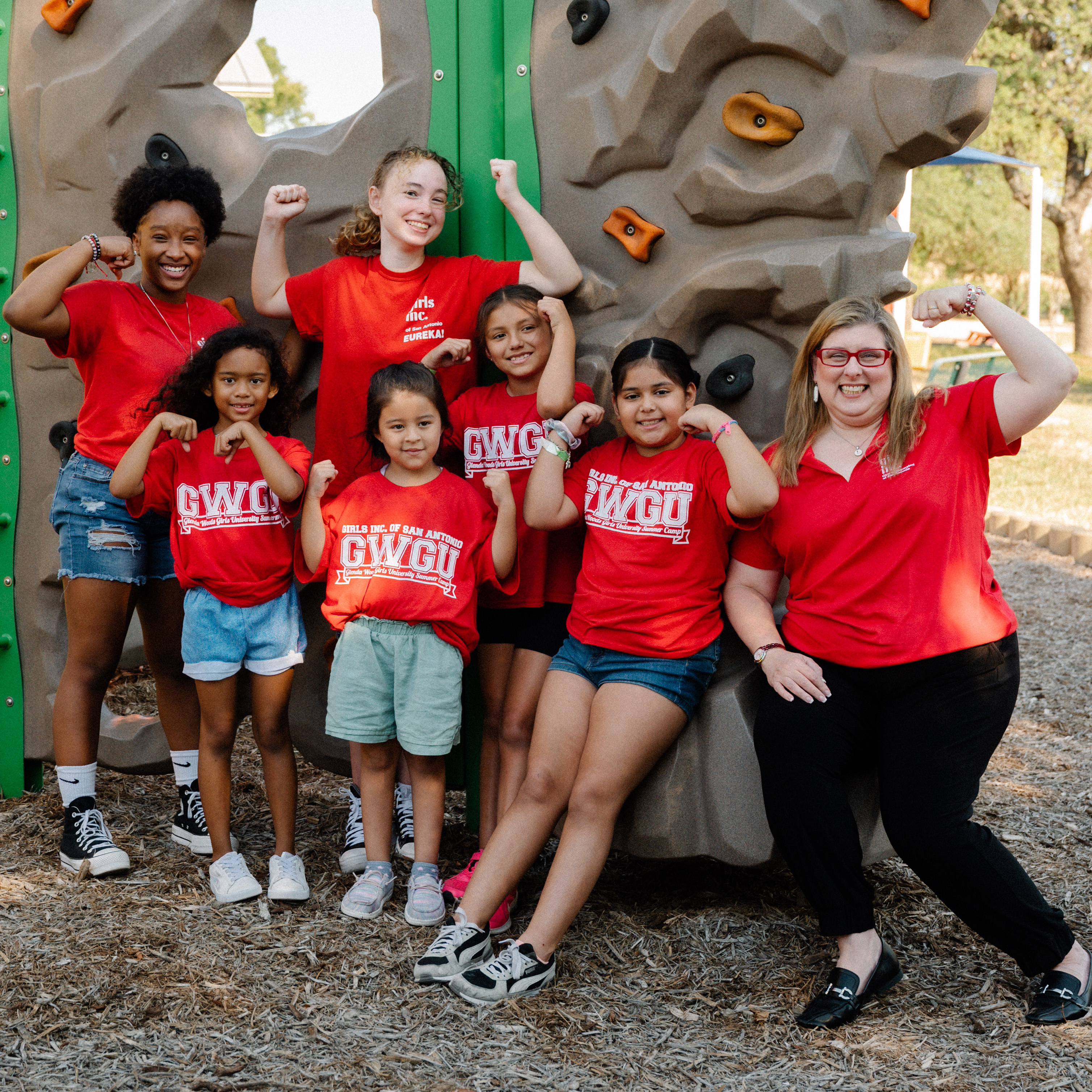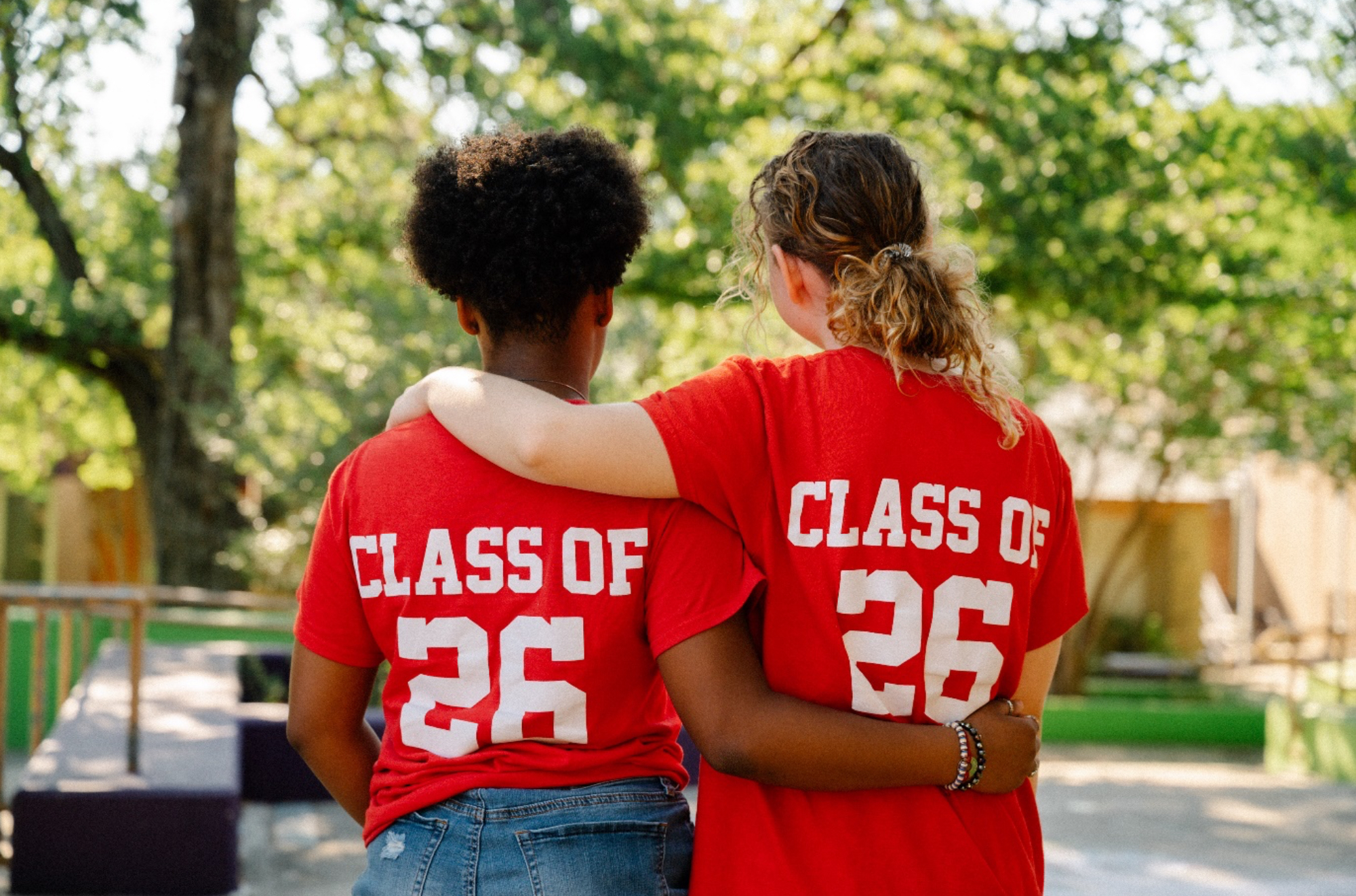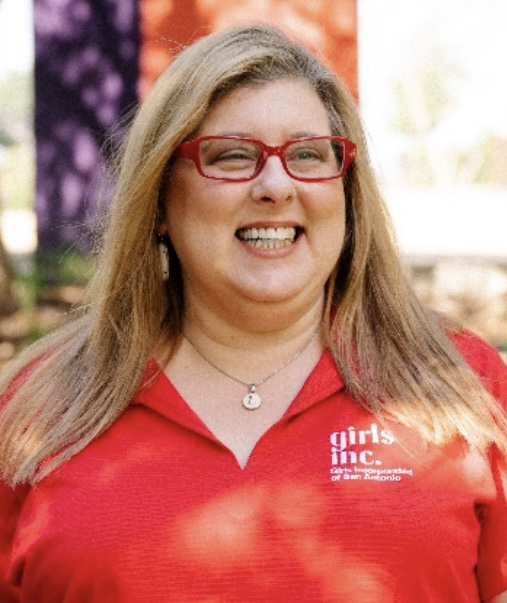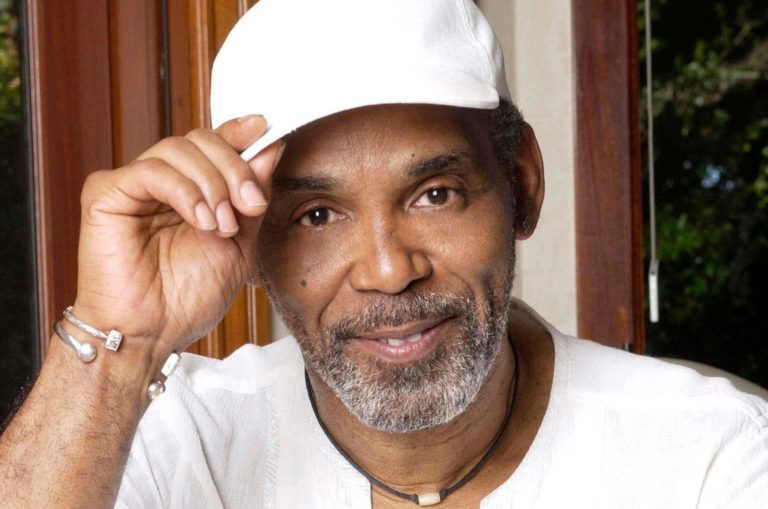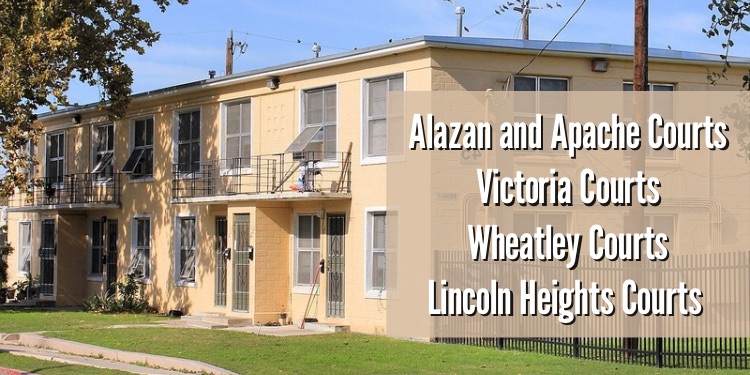Get Your Dogs or Go to Jail: A Warning for San Antonio Dog Owners
In a tragic case that shocked San Antonio, a couple has been sentenced to nearly two decades in prison after their two dogs attacked and killed an 81-year-old man, Ramon Najera, and severely injured his wife, Janie. The attack, which took place on San Antonio’s West Side in February 2023, has raised questions about responsible dog ownership and the city’s response to dangerous animals. It also serves as a harsh reminder to residents: failure to control your pets could land you behind bars.
A Preventable Tragedy
The sentencing of Christian Moreno and Abilene Schnieder—18 years and 15 years respectively—comes after they pled guilty to dangerous dog attack causing death, a second-degree felony. The judge, Velia Meza, stated emphatically that this horrific incident was preventable.
“Dog ownership involves not only taking care of your dog but ensuring the safety of the people in our neighborhoods, in our communities … and you failed at that,” Meza told the defendants. This failure resulted in an unspeakable horror that reverberates across the city, highlighting how irresponsible dog ownership can have deadly consequences.
The City’s Role in the Tragedy
One aspect of this case that has fueled outrage is the role of Animal Care Services (ACS). The Najera family is suing the City of San Antonio, claiming that the attack could have been avoided if the city had acted on repeated complaints from neighbors.
Before the fatal attack, ACS had quarantined the dogs after a previous bite incident, but released them after 10 days, citing insufficient evidence of a severe threat. Despite multiple reports of aggression from these same dogs, ACS failed to seize them. In her victim impact statement, Janie Najera pointed directly at city officials, saying, “The city should be next to you guys because they’re guilty, too.”
The city, however, denies responsibility. Judge Meza emphasized during the sentencing that “the city of San Antonio is not on trial here,” although she found the testimony from ACS officials unconvincing. The Najeras’ lawsuit against the city is still pending, and they are seeking damages for what they call a “grievous and preventable tragedy.”
Dangerous Dogs: A Widespread Issue
This case is not an isolated incident in San Antonio. Neighbors had complained for years about the couple’s pit bulls, citing previous attacks on at least two other people. One neighbor, David Avila, testified that the dogs had bitten him months before the fatal attack. Avila’s description of the couple’s poorly maintained fence and the dogs’ frequent escapes from their yard paints a picture of neglect.
The issue of dangerous dogs has plagued San Antonio for years, with frequent reports of attacks. In this case, it took a fatal mauling for real consequences to follow, but for many residents, this feels like too little, too late.
The Legal Ramifications
Moreno and Schnieder’s sentences may seem long, but under Texas law, they will be eligible for parole after serving just 25% of their time. While the judge prohibited them from owning dogs if paroled, many wonder if this is enough to send a strong message to dog owners who neglect their responsibilities.
Prosecutor Raul Jordan made it clear that the couple had shown “conscious indifference” to the safety of their neighbors. They did nothing to secure their dogs or prevent the tragedy. “They did nothing about it,” he said during the sentencing phase.
The legal system is beginning to take dangerous dog attacks more seriously, but this case raises important questions about the efficacy of existing animal control laws. How many more people must suffer before the city enforces stricter guidelines?
What’s Next for San Antonio?
San Antonio’s dog problem is far from over. While this case has resulted in prison sentences, many worry that the city continues to fall short when it comes to enforcing animal control regulations. If ACS had acted more swiftly, perhaps Ramon Najera would still be alive today.
The city now faces a critical decision. Will they take meaningful steps to prevent another tragedy, or will they continue settling lawsuits while dangerous dogs roam free? Will San Antonio finally use taxpayer dollars effectively to enforce animal control laws, or will residents be left wondering if their neighborhood is safe?
It’s time for San Antonio to decide: Will the city finally address the dangerous dog problem, or will taxpayers keep footing the bill for preventable tragedies?




